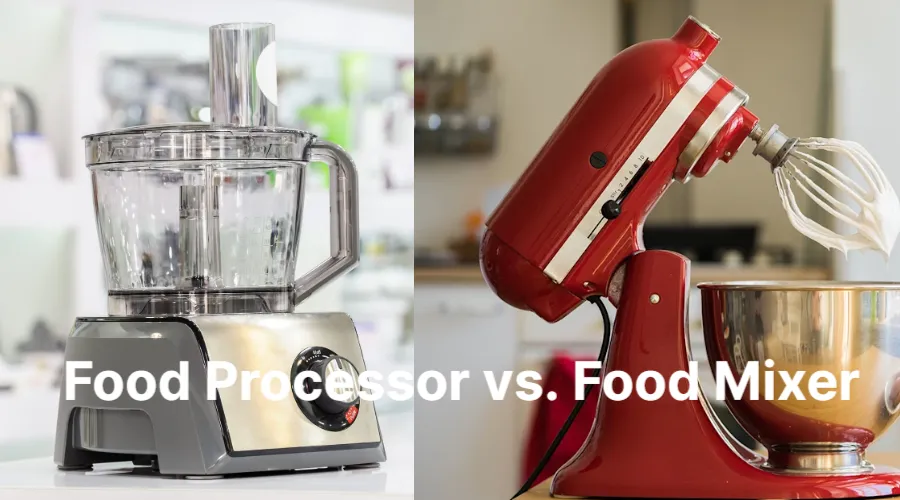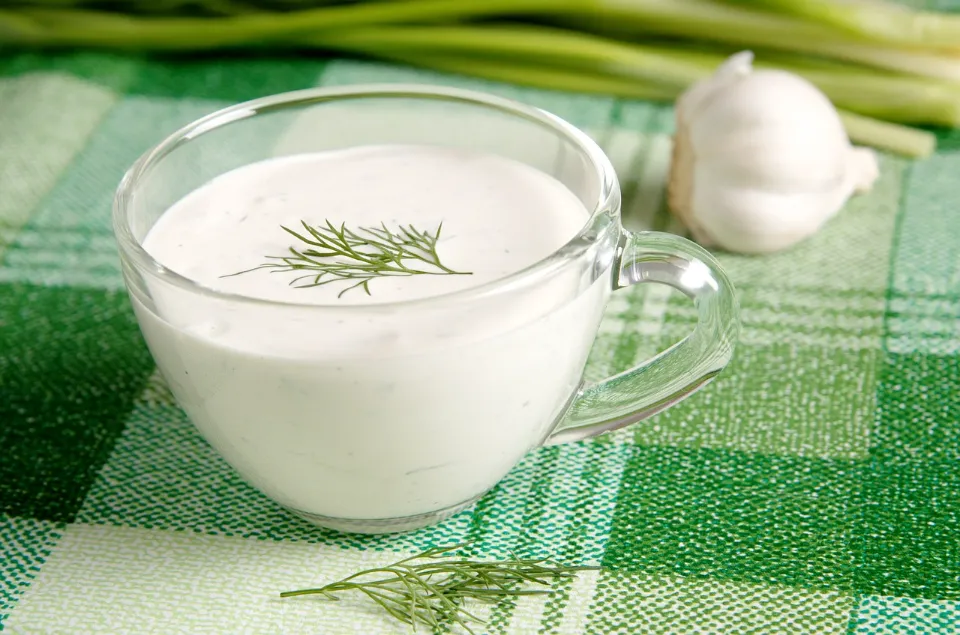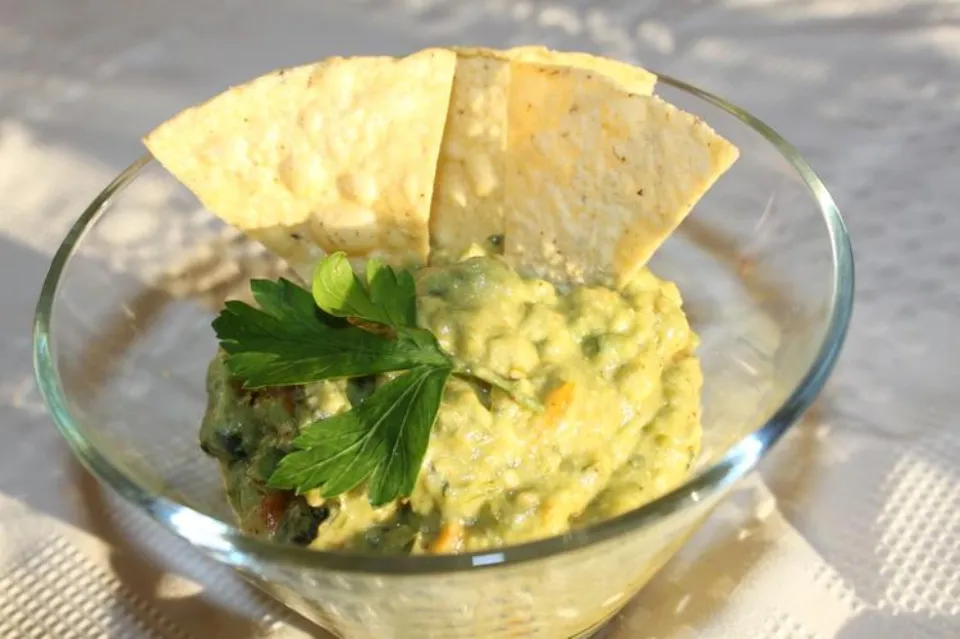Have you ever made the mistake of purchasing a kitchen appliance only to discover that it is not the best financial decision or that it is not performing as you had anticipated? A mixer grinder and a food processor have very similar looks and functions, so it can be simple to get them mixed up.
To mix, knead, whip, and mash ingredients, a stand mixer uses a variety of beaters. A food processor uses blades and discs to cut food, enabling you to chop, puree, slice, shred, and occasionally do more.
In addition, the sheer number of choices and brands available today only serves to further confuse us. What choice is best for you, then, and how do you know it? First, let’s examine the distinctions between a food processor and a food mixer.
What is a Food Processor?
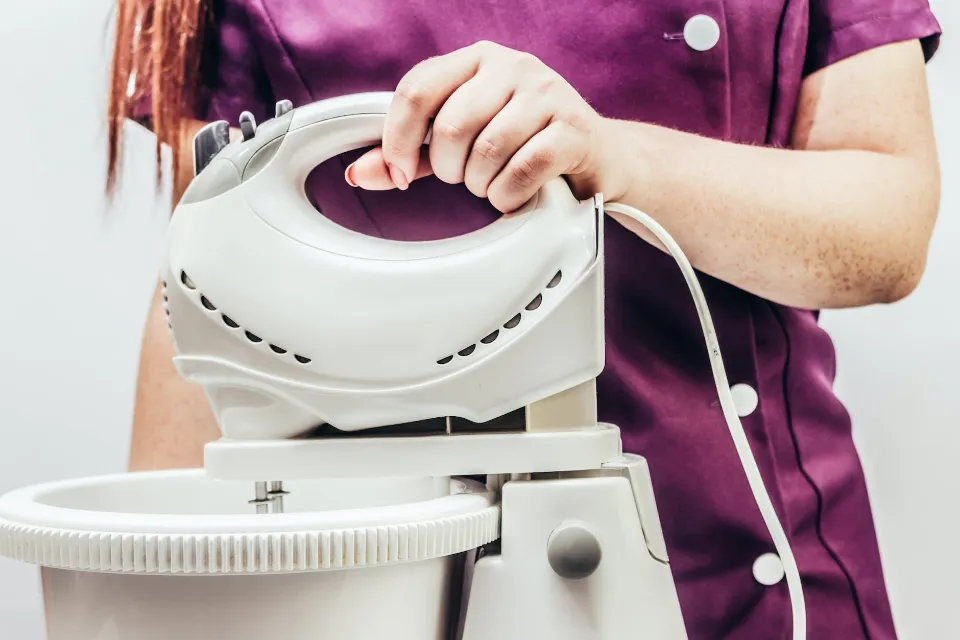
A food processor has a large bowl and a motor that is comparable to a mixer grinder, which you might mistake for the other. It is a kitchen tool with various blades that can be used to slice, mince, dice, chop, and grate meat and various fruits and vegetables. Cooking is expedited and more effective when done in a food processor.
Think of a food processor as a blender and knife, combined in one powerful and multi-use kitchen tool. It requires almost no liquid, unlike a blender, to function. It cuts everything for you, unlike a chef’s knife, and it cuts it quickly.
A food processor, food chopper, or vitamix blender is likely the best appliance for you if you prepare food frequently (daily) and cook for a large family.
The average cost of a brand-new American food processor is $1,500. or Europe will range in price from $99 at the low end to $300 at the high end.
They may not perform as well as you anticipated or break much more quickly than a brand-new food processor from a reputable manufacturer, which will cost you more in the long run.
With the help of food processors, you can easily shred cheese, chicken, cabbage, and more, making cooking more enjoyable and straightforward. In addition, a food processor can be used to grind coffee beans and meat, as well as to make smoothies.
What is a Food Mixer?
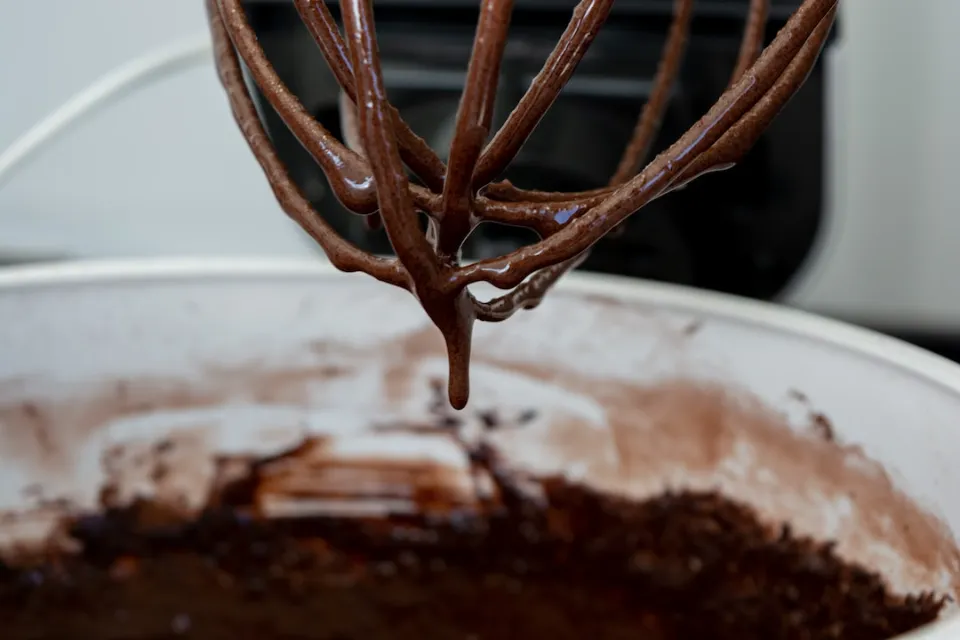
A food mixer is a kitchen appliance that can save you time and manual effort when baking and cooking. When preparing sauces, creams, and doughs, it can be incredibly useful.
Stand mixers typically consist of a fixed stand with a lever-operated arm (also called a tilting head), a removable bowl, and one or multiple mixing heads.
The mixing heads get attached to a gear mechanism that mixes ingredients for you. The majority of stand mixers offer a variety of mixing speeds, allowing you to regulate the final texture of your food.
To use a stand mixer, just put your ingredients in the bowl, secure it to the stand with the appropriate mixing head attached to the lever-operated arm, and turn the speed dial to the desired setting.
You’ll notice that some stand mixers are called planetary mixers. Your ingredients will be mixed more thoroughly by this type of stand mixer because the bowl and mixing head move synchronously in a planetary-like motion. Furthermore, they cost more than most of the alternatives they compete with.
A stand mixer is the ideal kitchen tool if you frequently bake at home (bread, pizza, pasta) or make desserts (pastries and creams).
an American-made, brand-new stand mixer. or Your expenses in Europe could range from $499 to $999. Refurbished stand mixers are also available from some manufacturers, such as KitchenAid, for a discount (typically between ½ and 2/3 of the cost of a new mixer).
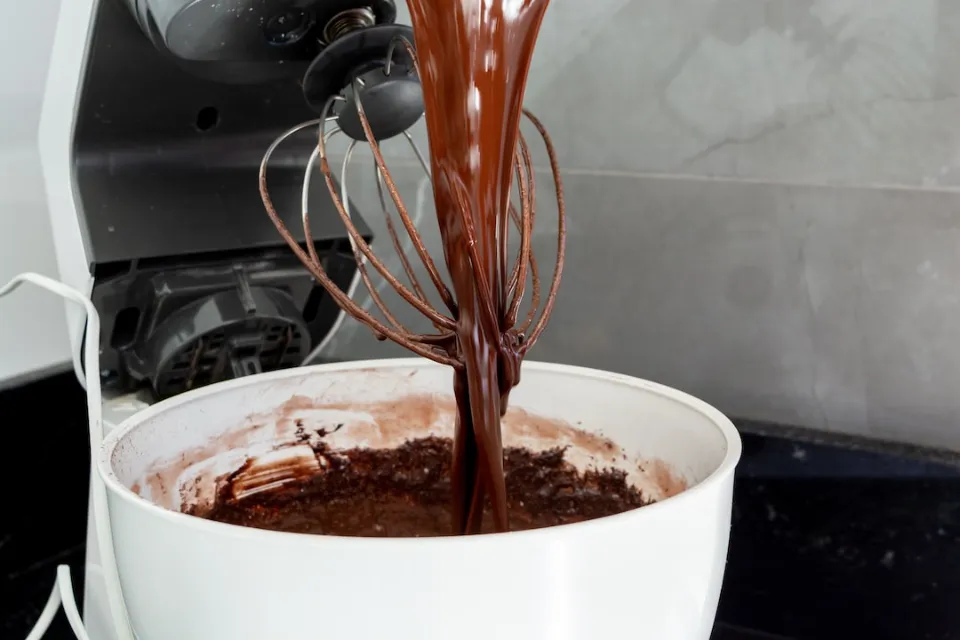
What’s the Difference?
The main distinction between a mixer and a food processor is that a mixer is used to mix, knead, or grind ingredients. In contrast, the ingredients are chopped and cut in a food processor.
While deciding which appliance to purchase for your home, it is important to understand the functions of food processors and how they differ from mixer grinders. To help you understand, let’s look at a few of the main features of both appliances.
Functions
Mixer Grinder
1. For grinding dry foods like nuts and spices, you can use a mixer grinder.
2. Additionally, you can use it to puree tomato- and ginger-garlic-based sauces as well as grind wet foods.
3. Juice blending can be done with a mixer grinder. Mocktails and fresh fruit juices are simple to make with this device!
4. It is simple to create delectable batters for idli, vada, and dosa in a mixer.
Food Processor
1. You can quickly and easily chop meat, fruits, and vegetables into small pieces using a food processor machine.
2. Because a food processor has such fine blades, you can also mince meat.
3. You can choose how finely or coarsely to cut your fruits, vegetables, and other ingredients for cooking.
4. To prepare your favorite dishes, you can also blend and grind a variety of ingredients.
Benefits
Mixer Grinder
1. Versatile kitchen appliance as you can make a variety of different recipes whether sweet or savoury
2. Uncomplicated and easy to use
3. Crompton’s mixer grinders run longer since they have a 100% copper motor
4. Our MaxiGrind technology ensure the finest grind every single time
Food Processor
1. For those with mobility issues, it is simple to use.
2. They help you conserve time and energy.
3. The blades in food processors are specifically made to precisely chop all foods.
4. Additionally, the appliance offers long-term toughness.
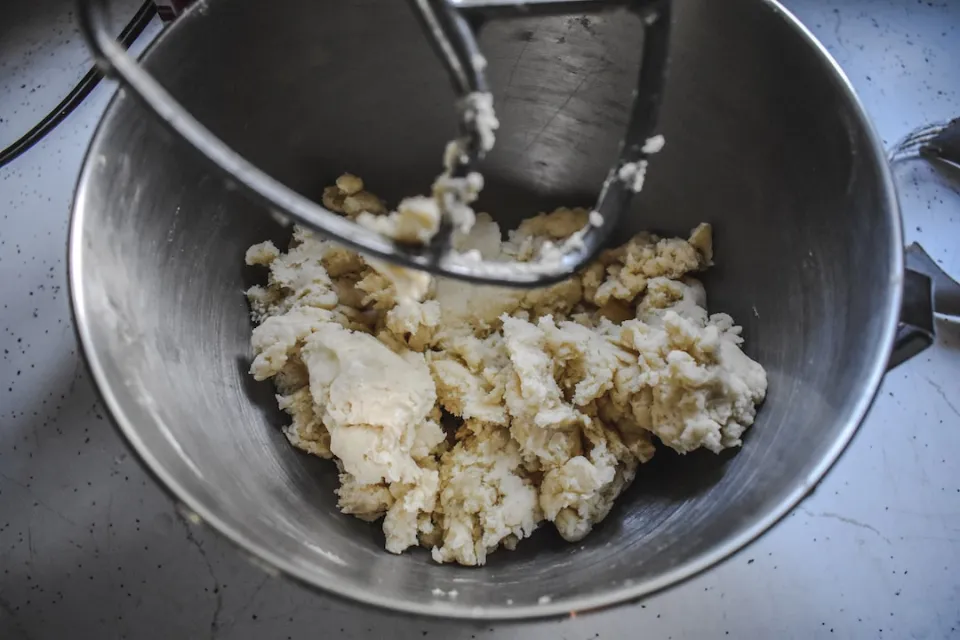
Storage
Mixer grinders usually come with 3-4 jars. Three of them are for chopping, blending, and liquidizing, and the fourth is a jar for a juicer. The typical motor housing is small and doesn’t require much room for storage.
Food processors on the other hand have a main jar that has a capacity anywhere between 1.5 to 3.5 litres. Even the motor housing takes up a lot of room. Moreover, they come with 6-12 attachments and blades. You should take extra care when storing them because they are sharp.
The Usha FP 3811 Food Processor stands out among the alternatives because the blades can be stored in a small pull-out drawer in the motor housing. However, the majority of manufacturers haven’t given food processor attachment storage much thought.
Cleaning
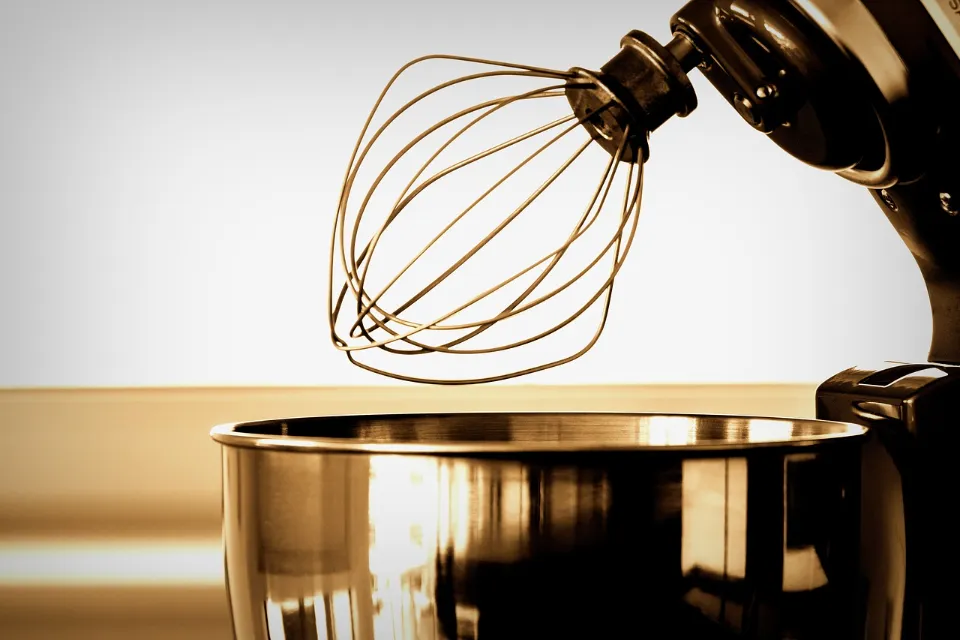
Jars of mixer grinders as well as food processors are generally not dishwasher safe. Water builds up in the jar lock when they are placed upside down in the dishwasher, which could harm the coupler.
The food processor’s blades and attachments shouldn’t be cleaned in the dishwasher either because it blunts the edges. Also, the sharp blades could nick the racks or sides of the dishwasher, which could expose the inner metal and in the long run, cause rusting.
Of course, many of the people we know wash their food processor’s jar and accessories in the dishwasher. Just that, it is typically not advised as it may affect durability.
The jars and accessories should be hand-washed whenever possible. They are reasonably simple to clean. However, you must exercise caution to prevent injury from the razor-sharp blades.
Mixer Grinder Vs Food Processor
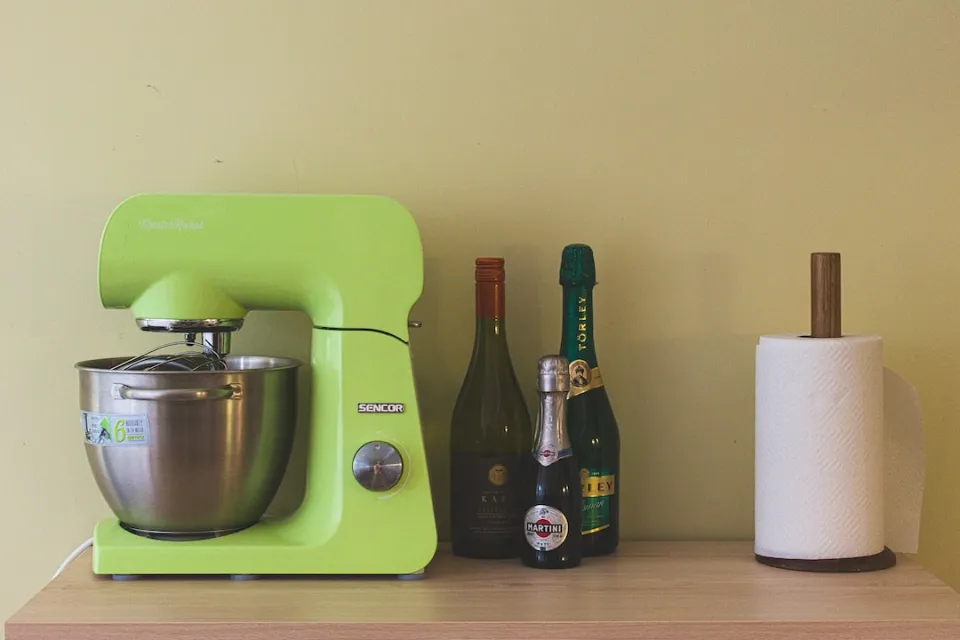
| Function | Mixer Grinder | Food Processor |
|---|---|---|
| Wet Grinding | Yes | No |
| Dry grinding spices | Yes | No |
| Chopping | Sometimes | Yes |
| Blending | Yes | No |
| Slicing | No | Yes |
| Grating | No | Yes |
| Mincing | Sometimes | Yes |
| Citrus juicing | No | Most often |
| Centrifugal juicing | Sometimes | Sometimes |
| Coconut Scraping | No | Sometimes |
| Atta Kneading | No | Yes |
| Whisking | Sometimes | Sometimes |
Can a Stand Mixer Replace a Food Processor?

For you, a stand mixer whips up ingredients and kneads dough. Instead of you, a food processor can blend, cut, chop, slice, and dice. Although some models have add-ons that let you switch one out for the other, the two are typically not interchangeable.
For instance, food processors’ quick blade speeds enable them to quickly blend soup, mince meat, or cut vegetables. which, when mixing and kneading dough, you might not necessarily be looking for.
Dough that is simply too difficult for food processors to handle has been known to burn motors. Stand mixers, on the other hand, are made to use and distribute power in such a way that (until the appliance in question is broken) this never occurs.
The stand mixer and the food processor can both be very practical kitchen tools. However, they typically each have a distinct function.
And it’s best to keep it that way unless you’re planning to purchase an incredibly expensive kitchen robot (which I wouldn’t advise).
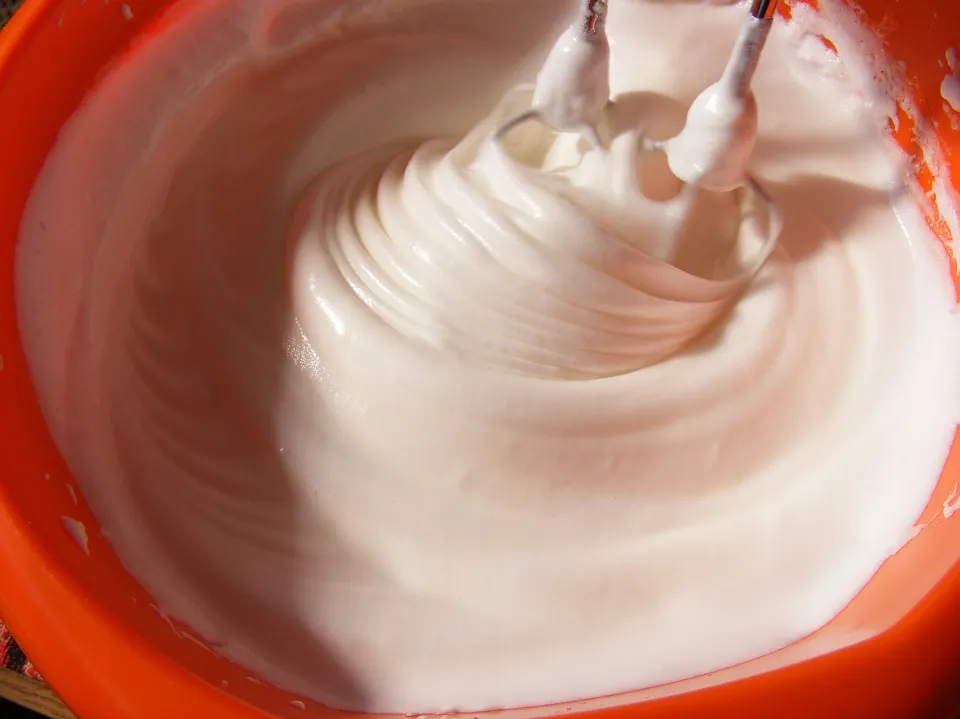
Conclusion
You already know that I value honesty and pragmatism. Remember, this is a blog written by a home cook for home cooks. So what would I suggest to someone?
Exercise the same caution that you are displaying right now. Choose the appliance you require the most, and purchase it from a company you (and other customers like you) can rely on. Then use it.
You’ll have plenty of experience and knowledge to decide how to approach buying the other if and when you need it.
FAQs
Which is Better a Food Processor Or a Mixer?
If you enjoy making most of your meals from scratch, a food processor is your ideal choice. A stand mixer is great for both everyday use and those special occasions when you want to bake something more artistic or make a substantial family meal.
Can You Use a Food Processor as a Mixer?
A food processor can also be used to mix, knead, and whisk ingredients. Because the kneading blade is attached to the base of the bowl, the dough is worked slightly less thoroughly than with a stand mixer. Typically, it also has a little less power.
Can I Use a KitchenAid Mixer as a Food Processor?
Yes, you can slice, shred, and julienne your favorite fruits, vegetables, and hard cheeses using the KitchenAid Mixer Attachment, which fastens to the hub of your stand mixer.
Do I Need a Hand Mixer If I Have a Food Processor?
Your mixer can serve as a useful alternative to a food processor, whether you’re using a hand mixer, stand mixer, or immersion blender. You simply need to put the food into a sizable, sturdy bowl, lower it into the mixer, and turn it on.

